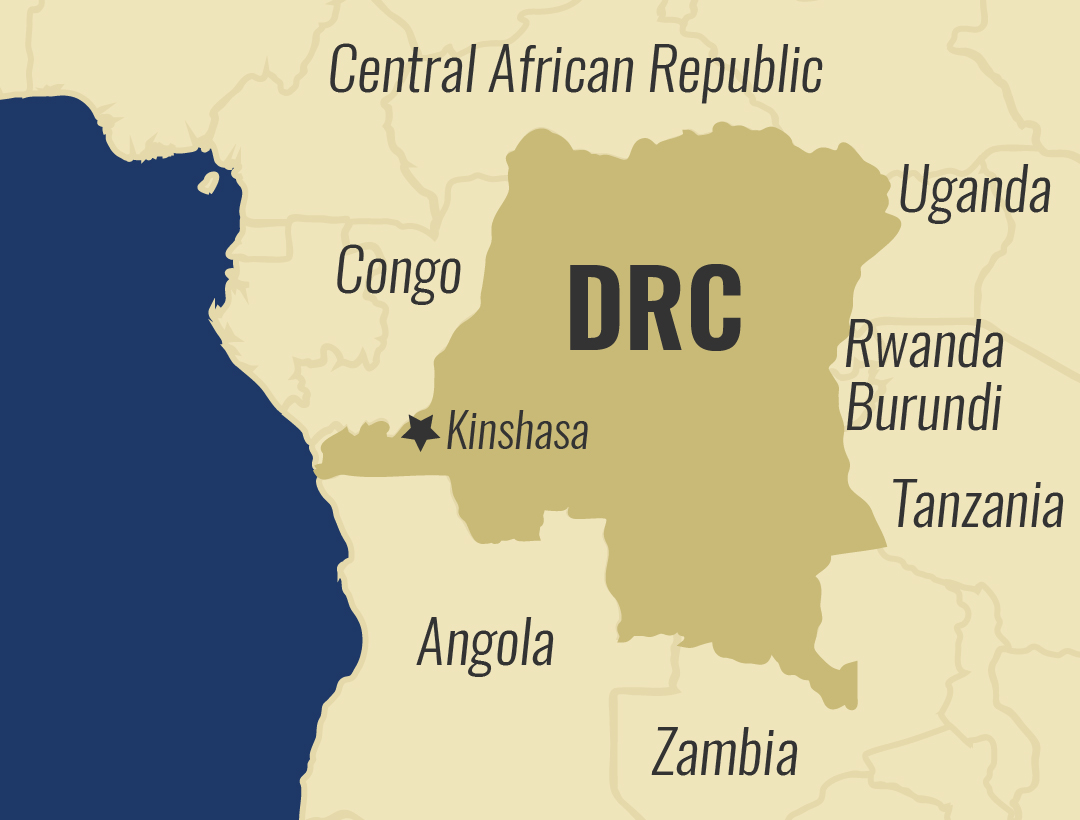Faces of Africa – Rastafarians coming back to Africa
The Naya Bengi sect is part of a popularly known group, the Rastafarians from Jamaica. Their name Rastafari comes from Haile Selassie’s childhood names Ras Tafari before his coronation.
Between the 15th and the 19th centuries, Africans were taken into slavery to America against their will. They did all manner of hard labor like cutting sugarcane and picking cotton for long arduous hours. In the 1860s Abraham Lincoln the then American president abolished the worst human degrading practice, slavery, in the western hemisphere. The descendants of the slaves started seeking their roots and many planned their way home to Africa. Most of them ended up in West Africa whereby they founded their own countries, namely Liberia and Sierra Leone.

One popular post slavery activist was Marcus Garvey; a Jamaican who had been taken to work in the Caribbean sugar plantations. Marcus started the United Negro Improvement Association in the early 1900s preaching black self-empowerment. He managed to gather a million followers in the United States. His prediction of a black king that would unite all the black people is considered to have come true when Haile Selassie was crowned the Emperor of Ethiopia in the 1930s. Haile Selassie appeared to be the prophesied king by Garvey due to his championing of peace, independence and African unity. Haile Selassie founded the Organization for African Unity, today known as African Union, with its headquarters in Ethiopia.
In the 1930s, a group of Jamaican descendants of former slaves and inspired by Marcus Garvey’s efforts, formed a spiritual movement, they called themselves Rastafarians. They gained popularity in Jamaica and spread elsewhere in the world. By the 1960s many believed and revered the Emperor so much and paid much attention to his writings and speeches.

In 1966, Haile Selassie visit to Jamaica was considered a religious milestone for Jamaicans.
“That is the most rousing boisterous tumultuous welcome ever given to any visitor or local celebrity. His Imperial Majesty Haile Selassie the 1st Emperor of Ethiopia arrived and the crowd erupted in a frenzy of rejoicing; it broke to the lines of soldiers and police,” told a broadcaster.
A hundred thousand Jamaicans greeted the Emperor at the airport. He was very overwhelmed by this gesture and he offered land in Shashemene Ethiopia for Jamaicans if ever they wanted to go back home, home to Africa. “He came and gave us that comfort,” recalled Ras Seyoum – Rastafarian.

Ras is one of the Rastafarians who have gone to live in Shashemene, Ethiopia. He is currently being musically nurtured by Julian Campbell – former manager of the legend musician Peter Tosh. Julian who is a farmer is much thrilled to be in Africa, his home. He recalls some of his yester times.
“It was a lot of fun because those days, I was not a road manager or anything; I was Peter’s personal associate.” Musically speaking, Bob Marley is the most famous Rastafarian music legend.”

Bob Marley’s music still lives on three decades later after his demise in 1978. Like many Rastafarians, Bob believed in the Emperor and most of his music echoed Haile Selassie’s speeches and writings. One such famous speech that Bob turned into music was the Emperor’s famous speech to the League of Nations in June 1936. “There is still nobody like Bob Marley. Bob, Peter and Bunny…they are just different,” told Julian.

Many Rastafarians are still headed home to Africa and particularly to Ethiopia.
“This is the promised land or the step to the promise land. A better place to work in, better environment, godlier,” told Sister Jean Forrest – Rastafarian.
“As a man looking like the people from Africa it was always in me, ‘I want to go to that place’ because if that place is where I come from, then I belong there,” told Treasure Man – Rastafarian in Ethiopia.
It has been almost a century and Rastas are still coming home fulfilling the mission of a young religion, building Africa, promoting peace, love and more so the love of their home, Africa.





